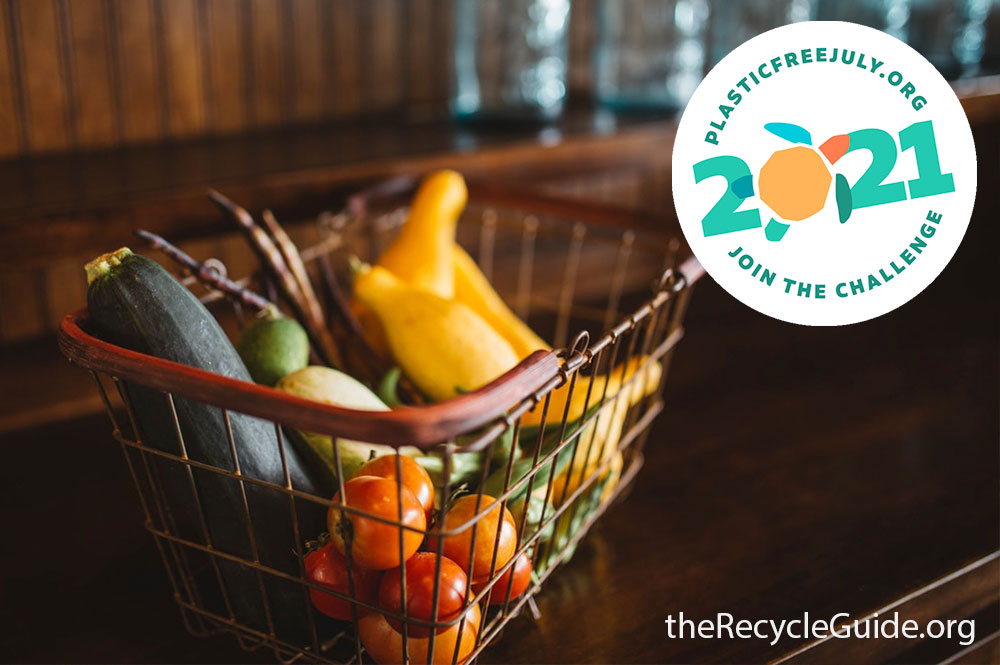#ChooseToRefuse for Plastic Free July

What would it be like to live without plastic? How much waste could we keep out of landfills, waterways and oceans if we all refused single-use plastic? This July, we invite you to find out by participating in Plastic Free July.
What is Plastic Free July?
Plastic Free July was founded in Western Australia in 2011. Since then, it has grown to be an international event with millions of participants from over 150 countries accepting the challenge. And that challenge is harder than you might think.
Plastics are ingrained in our modern day life. That is why Plastic Free July is more than simply being recyclable savvy or not using single-use plastic straws (though we also appreciate the #SkipTheStraw movement). Plastic Free July is about becoming more aware of the prevalence of plastics and discovering ways we can reduce the amount of plastic we use and the plastic waste we generate on a daily basis.
How Can You “Go Plastic Free”?
There are a lot of ways you can go Plastic Free for July. You can:
- Shop the bulk bins with reusable containers from home (make sure you get the Tare weight before you fill them)
- Use reusable produce bags and shopping bags
- Replace plastic toothbrushes with bamboo toothbrushes
- Switch to reusable containers instead of plastic bags and plastic wrap
- Carry a reusable water bottle and skip disposable cups and bottles
- Refuse straws or bring your own reusable straw
- Choose food items with the least amount of packaging
- Switch your shampoo from bottled to a shampoo bar
We recommend starting by taking the Pesky Plastics quiz to assess your current plastic habits and help research the common plastics used in households. This will also help you gauge your progress and success throughout the month.
Accepting the Challenge
After completing the assessment, accept the Plastic Free July Challenge at PlasticFreeJuly.org. Throughout the month, you’ll get tips to reduce your plastic use and avoid hidden plastics that sneak into your home and routine.
Want to jump-start your plastic reduction? Check out the Action Picker for ideas on how you can reduce plastic use and see what impact those changes have on the oceans and landfills.
